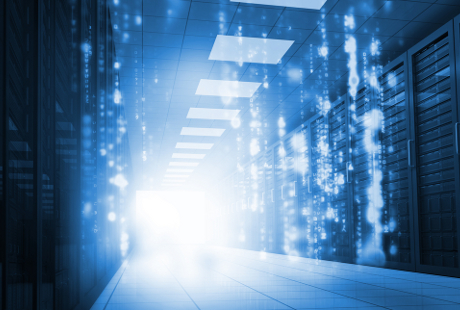How many connected devices do you have with you right now? For most of us, the answer is probably three or more.
There are the obvious ones like laptops, tablets and smartphones, as well as gadgets like connected TVs, satnavs, cameras and ebook readers. Then there are the growing range of new connected devices such as smart home products (heating controls, automation and surveillance), wearables (fitness bands and smartwatches) and connected appliances (washing machines, kettles, cookers, fridges and the like).
According to a Cisco Internet of Things infographic, there will be upwards of 50 billion connected devices worldwide by 2020. Every one of these connected devices generates data, and all of this information will, in one way or another, end up in or passing through data centres.
>See also: Making the Internet of Things a business reality
IoT data won’t purely be the concern of companies that provide IoT products and services (like Google’s Nest) or their ecosystem of partners and suppliers — it will affect every organisation that adopts machine-to-machine or wearable technologies to improve operations.
IDC expects a more modest 30 billion connected devices by 2020, but predicts the worldwide IoT market will grow from $1.3 trillion in 2013 to $3.04 trillion in 2020.
According to the author of its report, Vernon Turner: “We’re still in the early stages of maturation and IoT represents unparalleled opportunity in government, consumer, and enterprise environments.”
A significant percentage of this revenue will come from analysing all the data these devices produce. This will drive the need for powerful computers and big data analytics to crunch the data the devices spew out.
Similarly, the continuous flow of data will often be shared with an ecosystem of partners or packaged with content to deliver different types of services. Or it will be combined with other data to create new insights.
The massive scale and dynamic nature of this data means organisations need to think carefully about how they will manage and where they will put all of it. As such, the need for raw compute power, combined with a desire for direct and secure access to partners and suppliers, will shape the data centre choices.
For certain applications, latency will also be a concern. In those situations, organisations will need to put their data and computing infrastructure in close proximity to users and the devices, while still being able to connect directly to their trading partners and digital supply chain.
>See also: The data era is shifting – from creation to storage to readiness
Whether we’re facing 30 billion or 50 billion connected devices, one thing is clear: data centres will play a critical role in underpinning their success. Any IoT initiative will require a tailored data centre strategy that balances current needs with future growth and potential applications.
CIOs will, therefore, need to think carefully about their data centre strategy to ensure it provides the flexibility, scalability, security, availability and connectivity that the emerging IoT trend will demand.
Sourced from Rob Bath, Digital Realty







